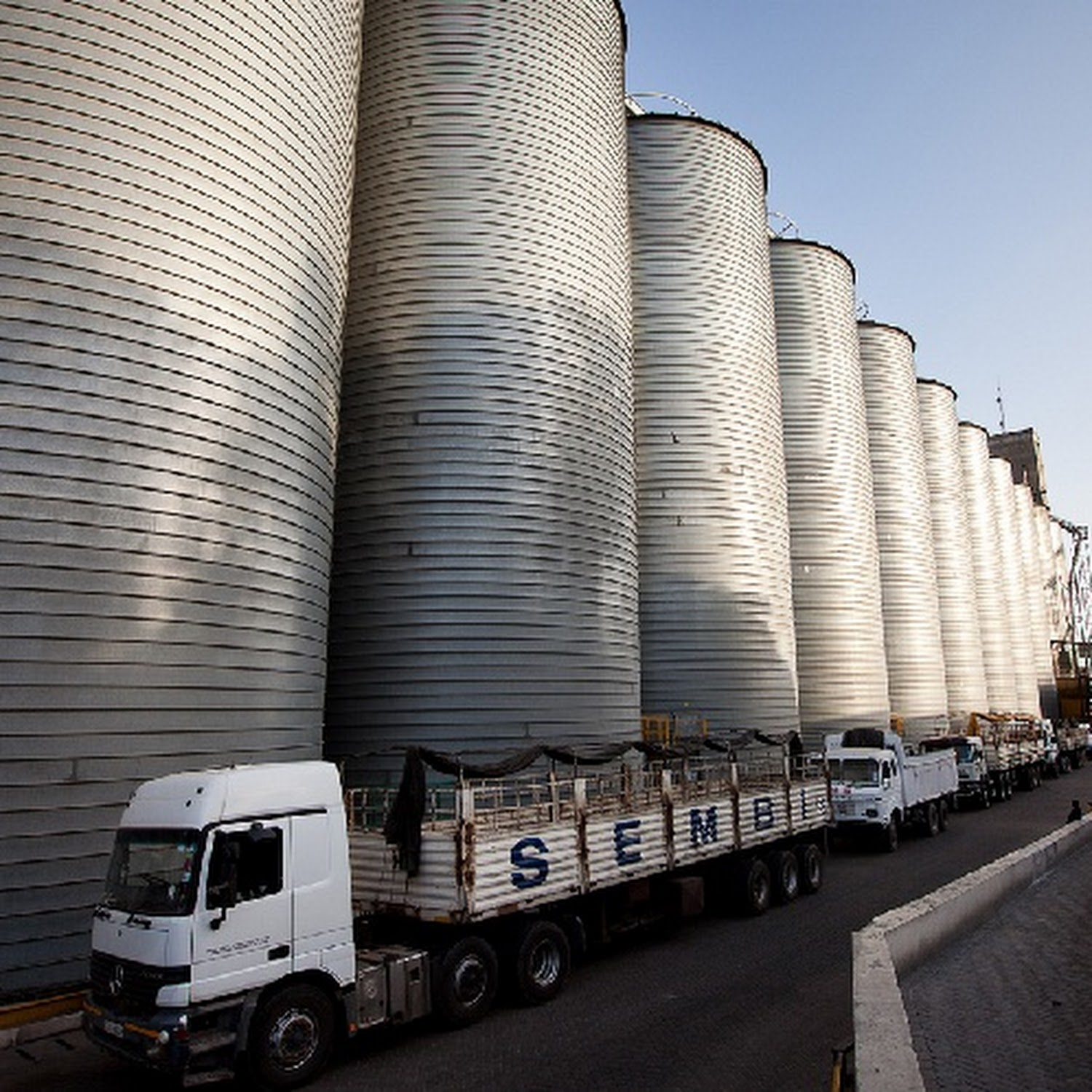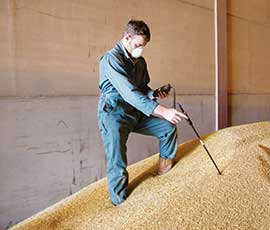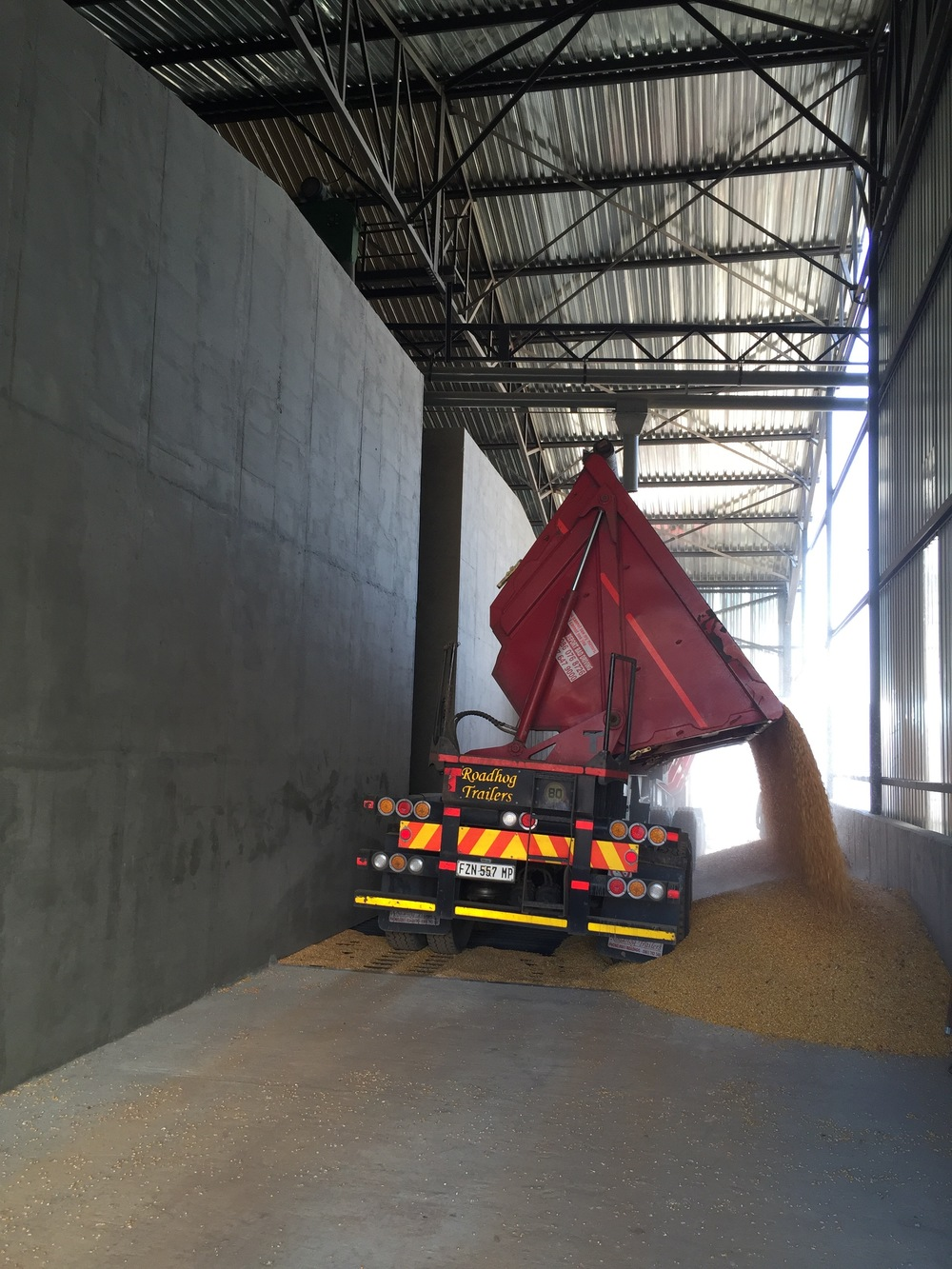During Intake
Sampling remains the most important factor to determine the grade of the product during intake of crops. Most mistakes are made during the intake process and therefore accuracy is of utmost importance.
The sampler’s workplace must be cleaned properly and he must ensure that the sampling device is in a good working order. If the device is defective it will affect the quality of the grading of the consignment. If the sampler’s workplace is not cleaned properly, it may lead to cross contamination.
The person who takes the sample will receive a grain delivery instruction from the driver. The grain delivery instruction must include the producer’s details and must be signed by the producer.

The producer must explicitly state on the grain delivery instruction what will happen to the product. The grain delivery instruction will be entered onto the depot’s system.
During Sampling

Samples must be taken in the prescribed manner as defined in the applicable Government Gazette. The samples are prepared and graded according to the crop requirements.
The grading information is recorded according to the workplace requirements documents. Sampling is an exhaustive work and samplers may get tired and then scoop up the samples as opposed to pushing the device down to the bottom of the consignment. Therefor, sufficient supervision must be present during the sampling process to ensure that samples are accurate.
At Weigh Point

When determining the mass of a consignment it is important to ensure that the entire truck fits on the scale and that it does not touch the edges next to the scale. All persons must climb out of the truck before the gross mass is determined. The gross mass is indicated on the documentation. The driver is asked to dump the product in a particular intake hopper.
To avoid mistakes, the intake hopper number must be indicated on the grain delivery order form.
During Off-Loading

The truck discharges the product into the prescribed intake hopper. The grader/depot manager’s findings will determine whether the cargo must be screened or dried. The truck is weighed again to determine the tare of the truck. The net weight (gross minus tare and net mass) is indicated on the grain receipt document. During offloading, the product must be checked to ensure that what appears on the document, is offloaded.